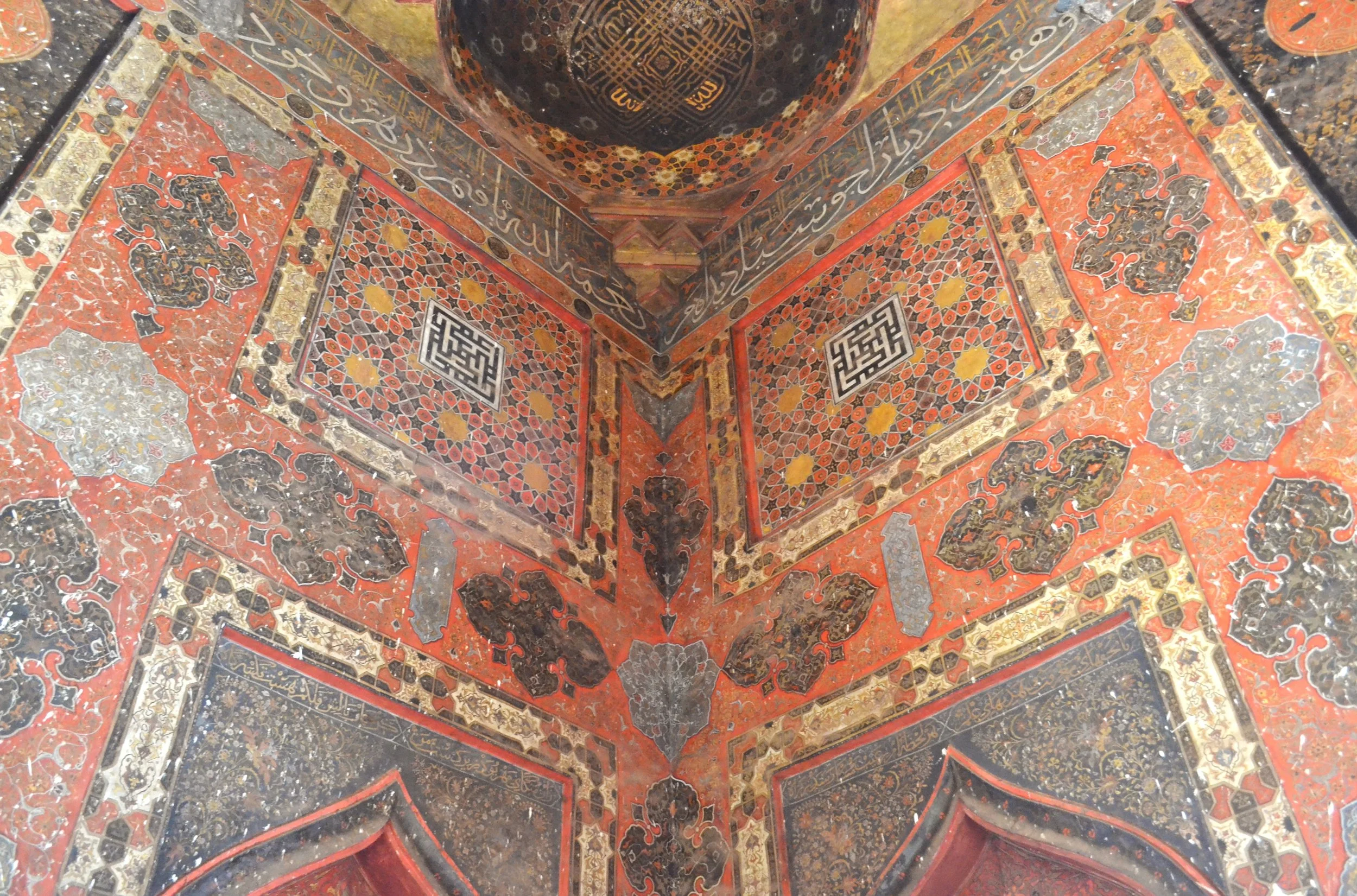collaborations
Interior of the tomb of Ahmad Shah Bahmani, fifteenth century, village of Ashtur, outside Bidar, Karnataka, India. © Peyvand Firouzeh
The Cultural History of Asian Art | In collaboration with the Courtauld Institute, University of London
A Cultural History of Asian Art from 1500 to 1800 is a forthcoming book co-edited by Peyvand Firouzeh (University of Sydney) and Stephen Whiteman (The Courtauld, University of London). The volume is part of a broader project, A Cultural History of Asian Art, led by series editors Sussan Babaie, Professor of the Arts of Iran and Islam, and StephenWhiteman, Reader in the Art and Architecture of China at the Courtauld, University of London.
A Cultural History of Asian Art (CHoAA) encompasses histories of art across the whole of Asia over the last 2500 years, including East, West, South, Southeast, and Central Asia. It presents a new interpretation of the arts of Asia that incorporates emerging methodologies and approaches in the study of Asia and art history more broadly. It offers an innovative vision of Asian art for scholars, students, and general readers alike.
CHoAA takes what we term a ‘trans-Asias’ approach to the study of Asian art. Trans-Asias seeks to interpret art through the lens of transcultural connectivity and concurrence while also being rooted in the particularities of the local. As such, trans-Asias offers a framework for exploring the arts of Asia that accounts for trans-cultural and trans-historical circulation and connection, rather than seeing art as fundamentally of one culture or one nation. Trans-Asias deploys contextual perspectives in order to prioritise the collaborative expertise of multiple researchers across disciplines and cultural and linguistic specialisms to better understand the ways in which art is necessarily and simultaneously of ‘one place’ and ‘multiple places’.”
Within this broader project, CHoAA explores early modern Asia during the political consolidation of major trans-Asian empires in the post-Mongol world, such as the Ottomans, Safavids, Mughals, and the Ming and Qing. It is also concerned with smaller or independent neighbouring polities, such as those of the Central Asian steppe, southern Indian principalities, and continental and archipelagic Northeast and Southeast Asia. New approaches to visuality and media, patterns of colonisation, an increasingly connected global economy, and expanded human and material mobility across the Indo-Pacific world all shaped vibrant urban cultures, from Beijing to Dehli, Isfahan to Edo, Hûé, and beyond.
A Cultural History of Asian Art is under contract with Bloomsbury Publishing for publication in 2028. For more on the Cultural History series, see https://www.bloomsburyculturalhistory.com/.
Sydney Asian Art Series: ‘Cūra: Collection, Community, Care’ | In collaboration with The Power Institute and VisAsia at the Art Gallery of New South Wales
From 2023 to 2025 the series will pursue an ambitious new research agenda, entitled ‘Cūra: Collection, Community, Care.’ Over three years, the series will gather together leading scholars on collecting histories, object provenance, shifting notions of custodianship, and the role of researchers and curators as agents of care for artworks and their communities.
The three-year iteration of SAAS, ‘Cūra: Collection, Community, Care,’ is co-convened by Olivier Krischer, Yvonne Low, Peyvand Firouzeh, and Alex Burchmore. The series is co-sponsored by The Power Institute at University of Sydney and VisAsia at the Art Gallery of New South Wales.
For the 2024 calendar of events see: https://powerinstitute.org.au/programs/sydney-asian-art-series-2024
The 2025 installment of Sydney Asian Art Series (SAAS) will focus on the concept of “care” and is co-convened by Olivier Krischer and Peyvand Firouzeh.
